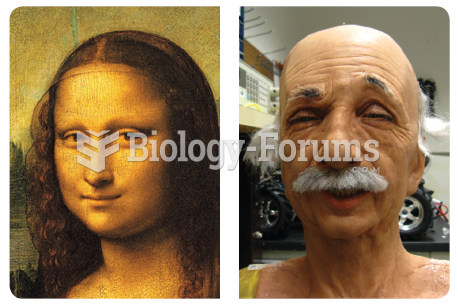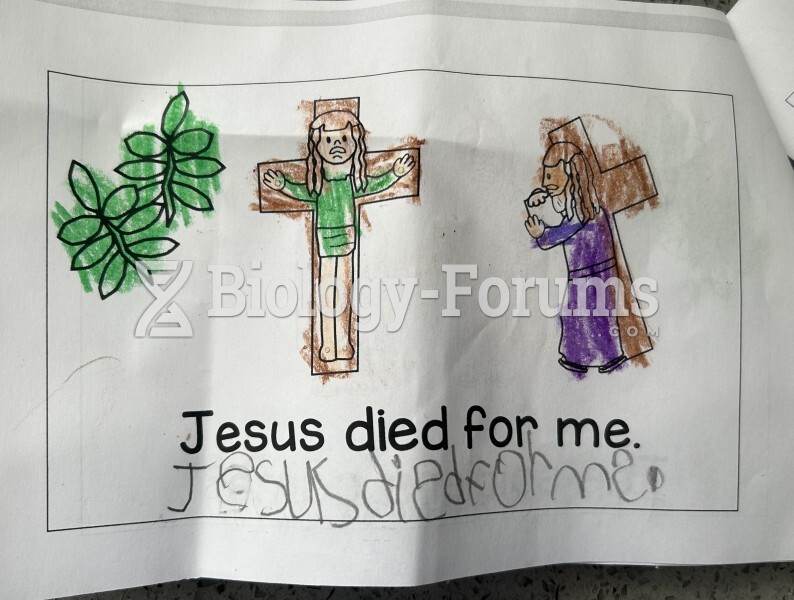Answer to Question 1At first glance, the title may appear to be a platitude, but a careful reading of the story proves that it is much more than that. A storys title is often a way to draw a reader into the plot, setting, or characters, but here OConnor uses the phrase with much irony. From the title alone, students may be tempted to assume the story follows a single-woman-cant-find-a-man-to-marry or married-woman-discovers-her-husband-is-cheating plot. Of course, nothing could be farther from the truth.
A full appreciation of the title hinges on students understanding of at least two issues. First, what does it mean to be a good man from the Southern perspective, and second, what does it mean to be a good man from a Christian perspective? From a midcentury Southern point of view, a good man comes from a good family and is wellmannered. The grandmother wants to believe The Misfit really
is such a man, coming from good blood and with a good name. Listen, the grandmother almost screamed, I know youre a good man. You dont look a bit like you have common blood. I know you must come from nice people (par. 88). OConnor shows the irony of this assessment, when The Misfit and his gang show good manners to the women, although they are about to kill them. The childrens mother had begun to make heaving noises as if she couldnt get her breath. Lady, he asked, would you and that little girl like to step off yonder with Bobby Lee and Hiram and join your husband? (par. 124).
Keep in mind that OConnor, as a devout Catholic who lived in the largely Protestant Bible Belt South, would have strong opinions about what it means to be a good man or a good woman from a spiritual perspective. You might ask your students to write about what their religious traditionor their lack ofproposes about what it means to be good, and whether or not this view is upheld or undermined in the story.
For OConnors own reading of this famous story, see her critical comments following the stories in this chapter. Her interpretation will certainly startle many students reading the story for the first time. If you choose to consider OConnors comments in class, it may be worth asking how authoritative a writers interpretation of her own work is. Are there limitations or inherent biases in a writers selfassessment? According to the intentional fallacy, we cannot uncritically accept an authors statement of intended meaning, because the author is unable to see his or her own work objectively. An author necessarily sees the finished work through the veil of the original intent, with the possibility of projecting onto the text meanings that were intended but that have not been realized and therefore are not communicated to any other reader through the text itself. Still, knowing an authors conscious intentions may help point a reader in the right directionat least in general terms.
In an incisive essay on Flannery OConnor, Clara Claiborne Park points out that while OConnor may have objected to readers attempts to reduce her stories to literal meanings or themes, she herself tended to do so in her own commentaries on the stories. Despite their excellence, the stories, when so reduced, may be faulted as oversimplified fables of Christian salvation through suffering. A Good Man Is Hard to Find seems vulnerable to this charge. Park observes: As incursions of grace through arson and through murder and through sudden stroke become familiar to the point of predictability, all moral ambiguity evaporates, leaving the stories that puzzled us all too clear (
Rejoining the Common Reader, Chicago: Northwestern UP, 1991). A question for class discussion is: Can OConnor be defended against this charge? (Perhaps she intends no ambiguity.) Evidence of the storys depth and complexity can be found in a volume containing critical essays by various hands,
A Good Man Is Hard to Find, edited by Frederick Asals (in the series Women Writers: Texts and Contexts, New Brunswick: Rutgers UP, 1993).
Answer to Question 2
- As OConnor herself says about this story, The heroine of this story, the Grandmother, is in the most significant position life offers the Christian. She is facing death. And to all appearances she, like the rest of us, is not too well prepared for it. She would like to see the event postponed. Indefinitely (Excerpt from On Her Own Work). It may seem hard for some students to accept the possibility that the grandmother is the storys heroine, but a close reading of the long conversation between The Misfit and the grandmother may help your students see the story more clearly.
The Misfit reveals to the grandmother many details about his past: his many jobs and several experiences. The most life-changing of these experiences occurred when a psychologist accused him of killing his fatheralthough he says his father died from the flu epidemicbecause the authorities had the papers on him, he was thrown in the state penitentiary. There, The Misfit develops his peculiar worldview, identifying himself with Jesus Christ, since they both suffered unjustly for crimes they did not commit. He laments that they never showed him the supposed papers, and the injustice of years of punishment has led him to a hedonistic philosophy of life; and his pleasure comes from violent murders.
The reader may be surprised to learn that The Misfit believes the Bible and interprets it literally, going so far as to agree with the grandmothers religious clich, if you would pray . . . Jesus would help you (par. 118), but he replies that he doesnt want any help because hes doing all right by myself (par. 121). He is neither agnostic nor atheist, but he believes that Jesuss miraculous resurrection has thrown everything off balance (par. 133). He named himself The Misfit, explaining I cant make what all I did wrong fit what all I gone through in punishment (par. 129). He admits that he has done wrong, and a sympathetic reader may be able, like the grandmother, to see behind this murderer is a man who deeply mourns the wasted years he spent in a prison for a crime he did not commit.
The grandmother is not the only one changed by this encounter. The Misfit is also changed. A subtle shift takes place in his attitude about his violent murders, going from believing theres no pleasure but meanness (par. 134) to the final paragraphs Shut up, Bobby Lee, . . . Its no real pleasure in life.
At first glance, The Misfit and OConnor have nothing in common, but perhaps what they share may be one of the storys central mysteriesa deeply rooted belief in the literal death and resurrection of Jesus Christ. The difference, of course, is that OConnor embraces this conviction with faith, while The Misfit struggles with doubt, claiming that he needs visual evidence of Jesuss resurrection in order to throw away everything and follow Him (par. 134).







